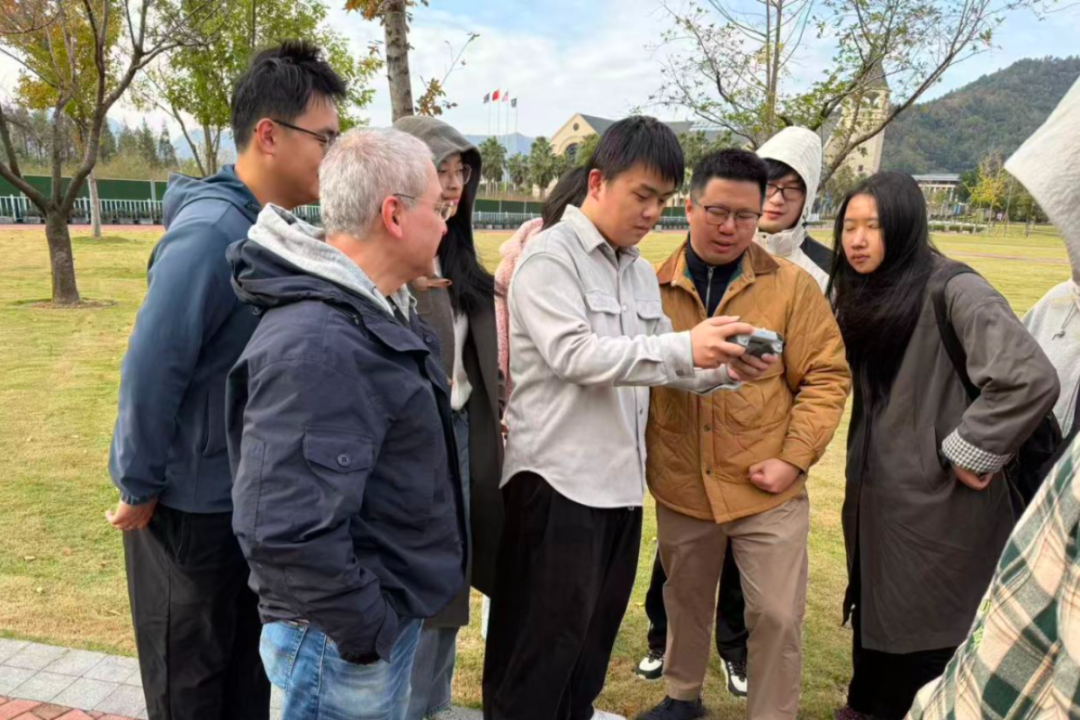From Waste to Art: A Sino-US Co-Created Exhibition Explores Sustainable Design at Shanghai FutureLab
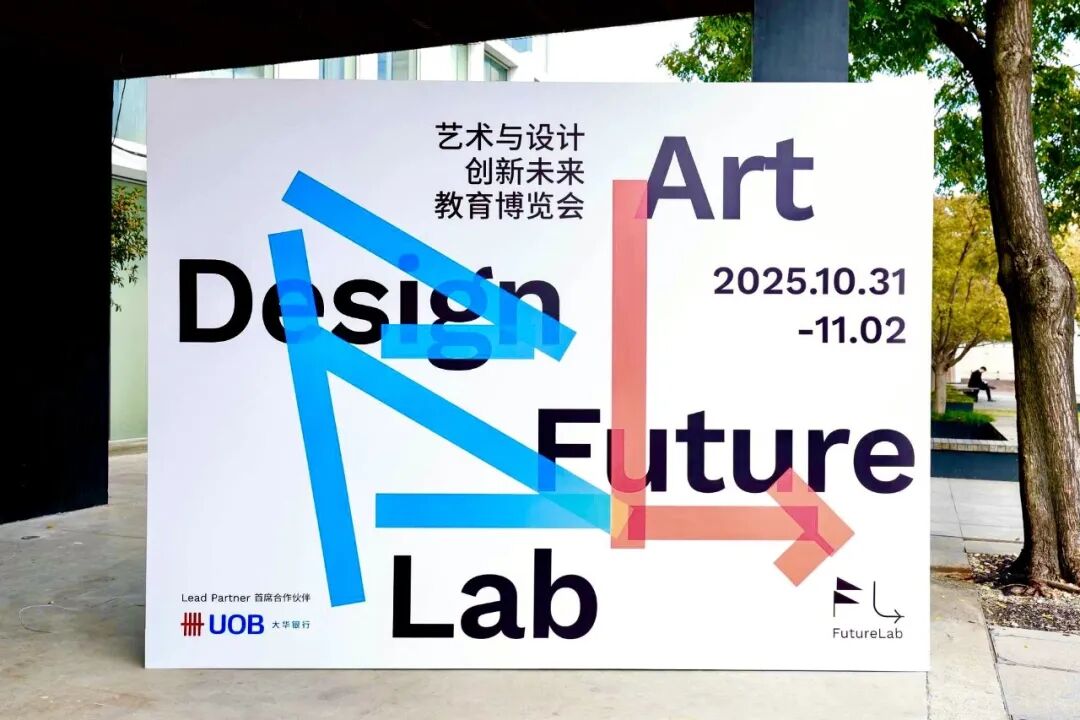
The 6th FutureLab Art & Design Education Expo recently opened at the West Bund Art Center in Shanghai, bringing together leading voices in art and design education. Among the standout showcases was WKU’s “Re-Present” exhibition, featuring ten innovative artworks creatively crafted from repurposed materials.
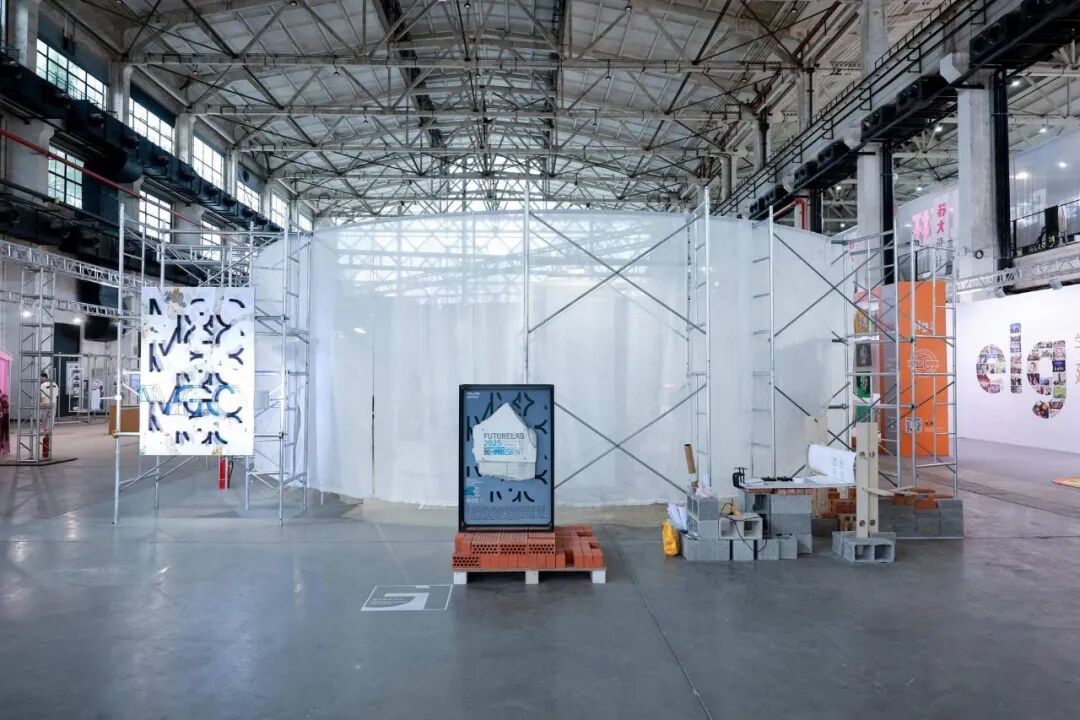
FutureLab is an international platform dedicated to exchanging innovative ideas in art and design education. This year’s event brought together nearly 30 universities and institutions from China and abroad, along with more than 200 emerging artists. WKU’s “Re-Present” exhibition highlights the university’s exploration of waste utilization—an issue of shared concern between China and the United States. For the first time, faculty and students from Kean University joined forces to co-create artworks. Through diverse media—including graphic and sculptural art, interactive design, and algorithmic processes—they transformed discarded materials into pieces that are both artistic and functional.
The exhibition was co-curated by Omid Kalantar Motamedi, Chang Liu, and David Vardy, faculty members of the Michael Graves College of Architecture and Design at WKU, together with Xiaotong Shi from the WKU Design Lab (WKDL). Yixuan Lin, a 2023 WKU graduate, served as project lead, while the exhibition design was completed by WKDL.
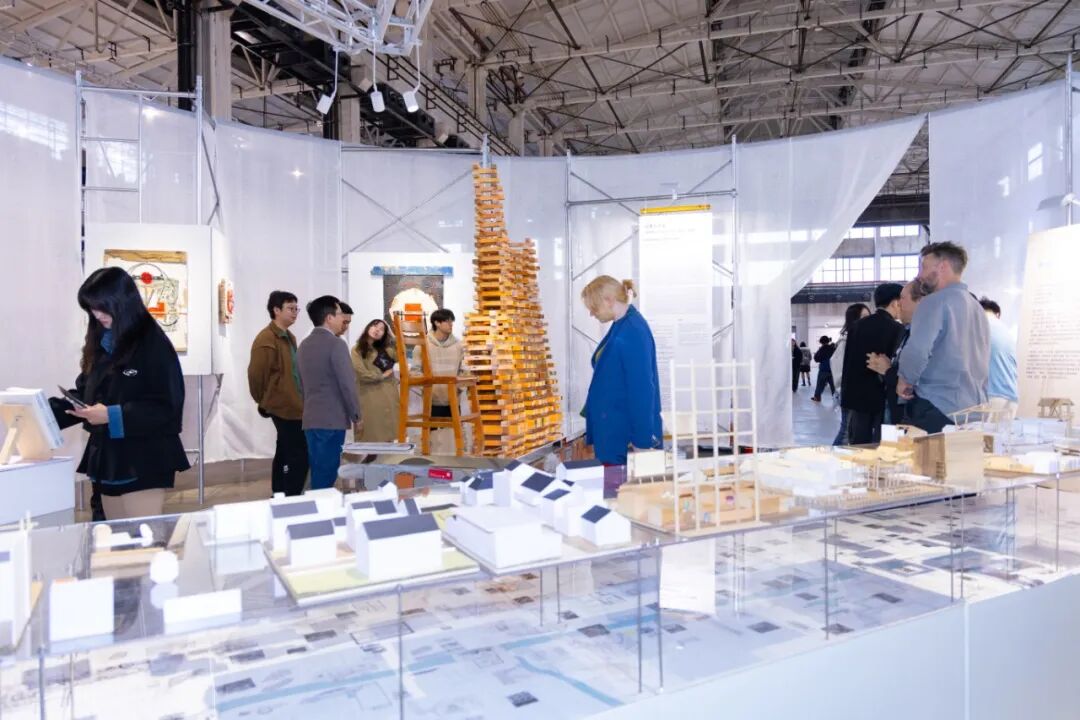
The ten featured works embody the spirit of “giving new life to old things.” Among them, Recording Eight Decades is a custom piece created last year by WKDL to commemorate the 80th anniversary of Wenzhou Experimental Middle School. Constructed from the school’s retired desks and chairs, the installation uses computational design and robotic assembly to form a three-dimensional monument celebrating the institution’s long history.
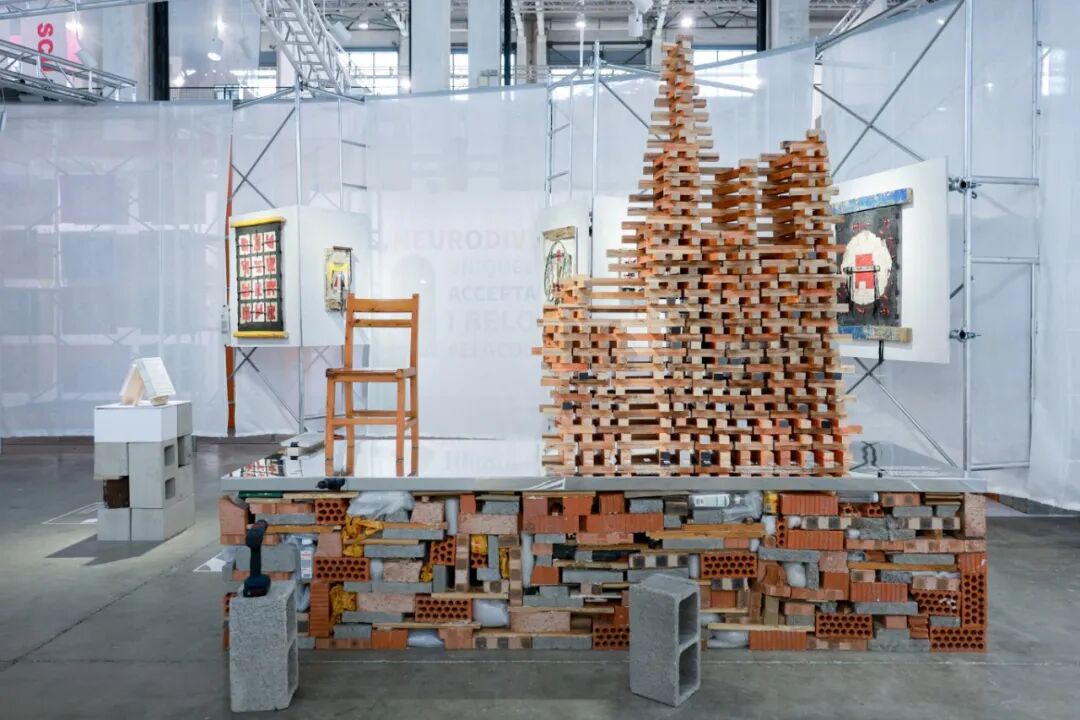
Notably, the exhibition space itself is a “recycled work.” According to Liu Chang, the curatorial team intentionally avoided the common practice of purchasing new materials for construction, instead sourcing reusable ones from around the college. “We don’t see the marks and stains on these materials as flaws,” Liu explained. “They carry traces of their previous lives and bring that history into new contexts.”
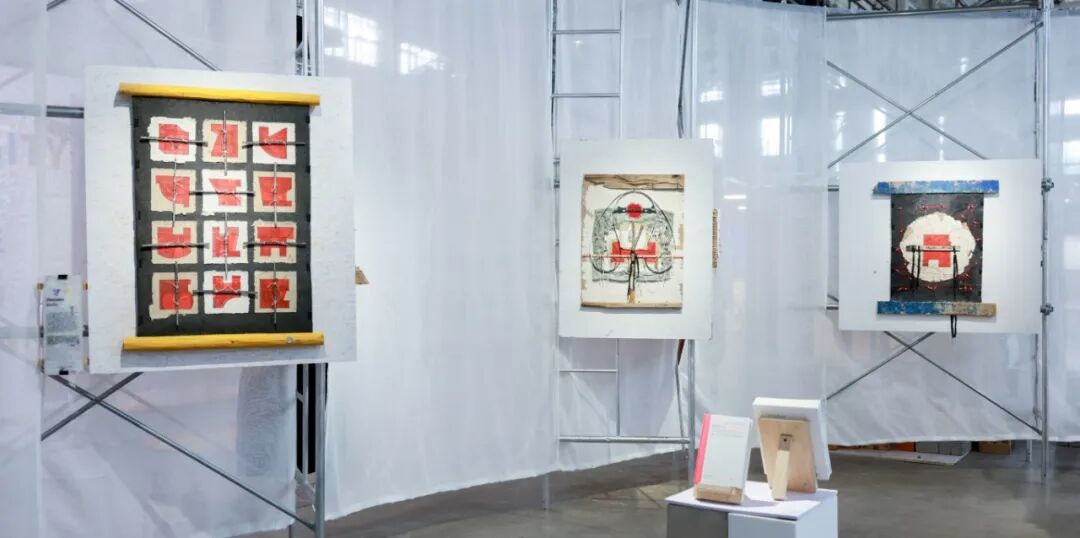
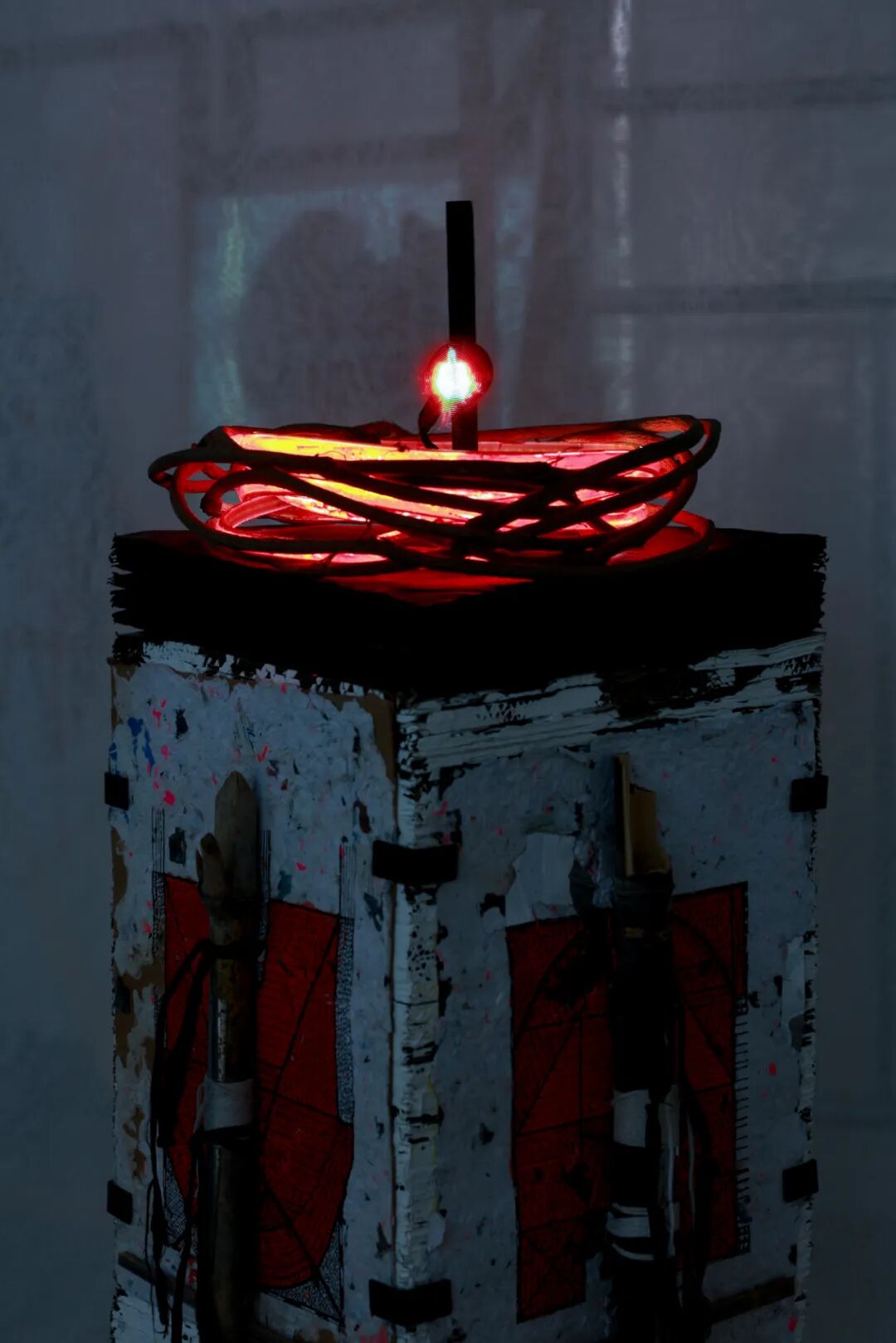
Every piece in the show was conceived and produced by students, with faculty providing mentorship and support throughout. “The students were involved in every stage of the process—from design and production to installation,” said Huang Yaoyao, Executive Director of the School of Design at WKU. “This hands-on experience allows students to step beyond the classroom and tackle real-world issues through design.”
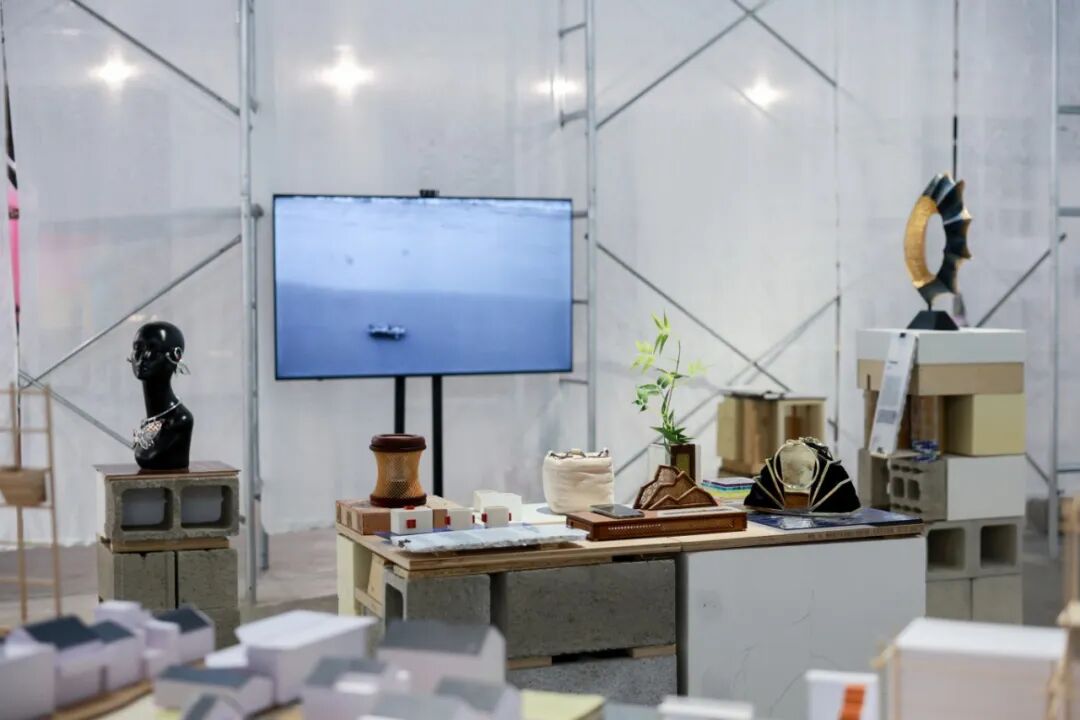
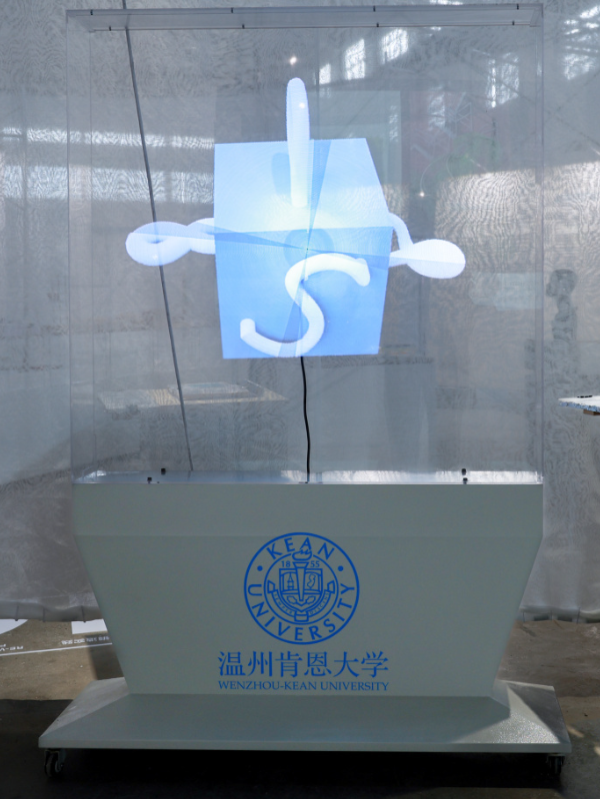
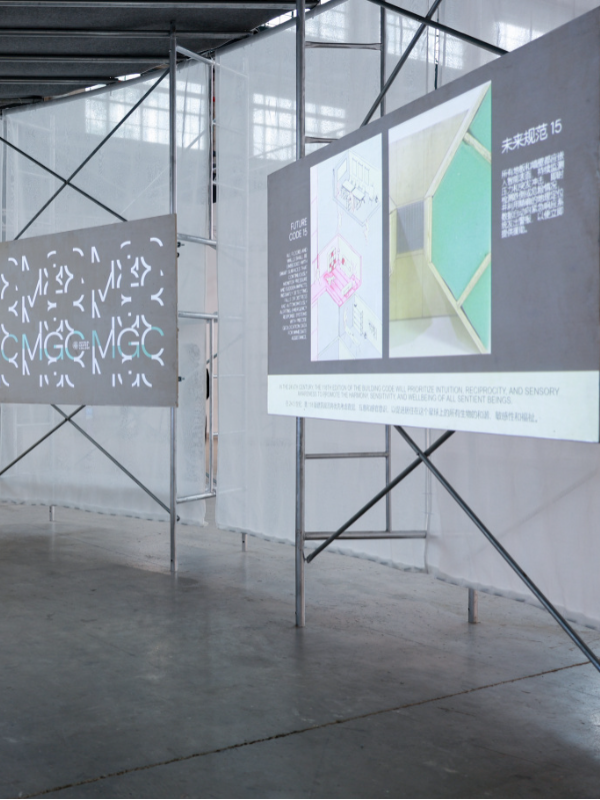
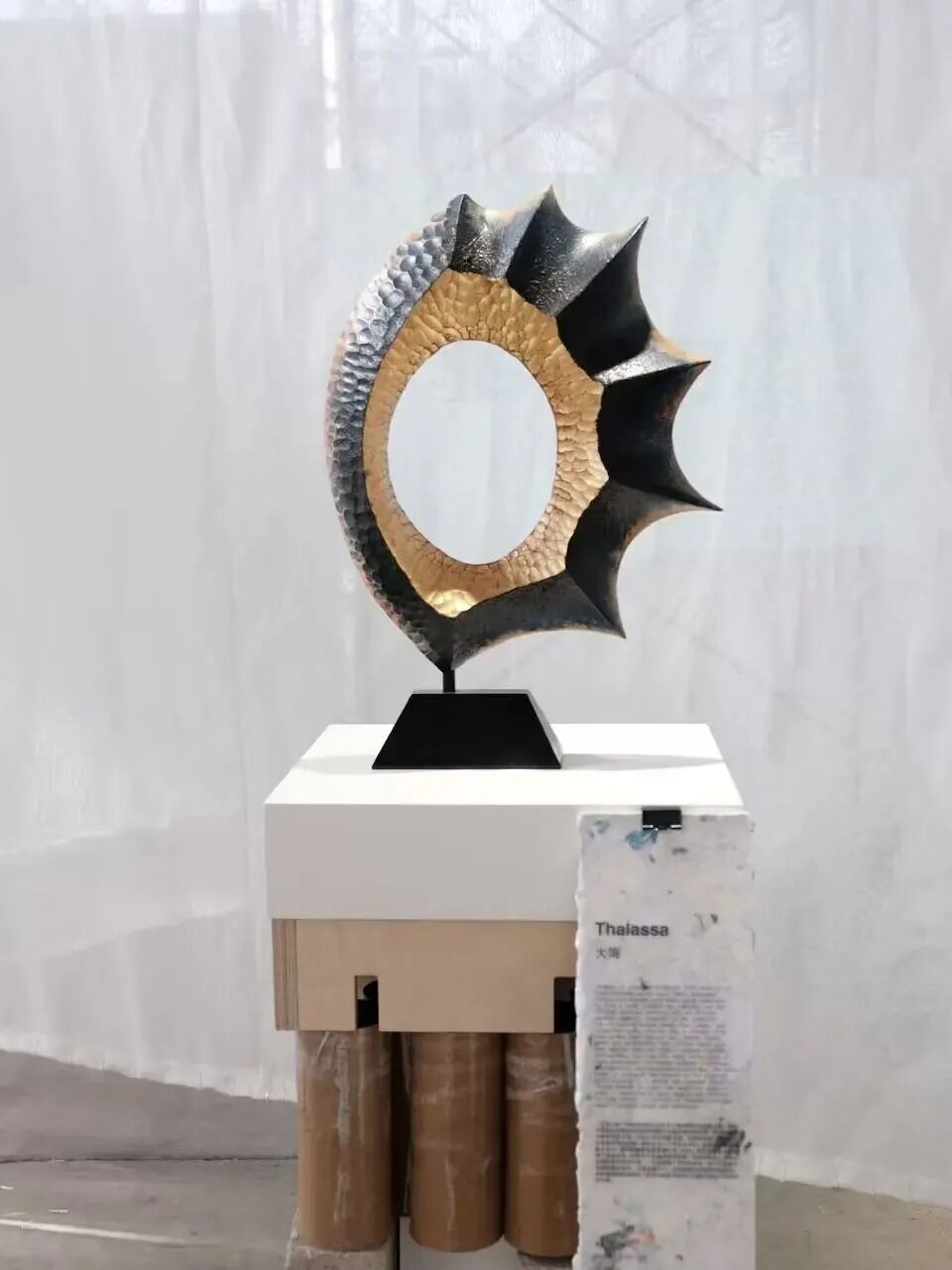

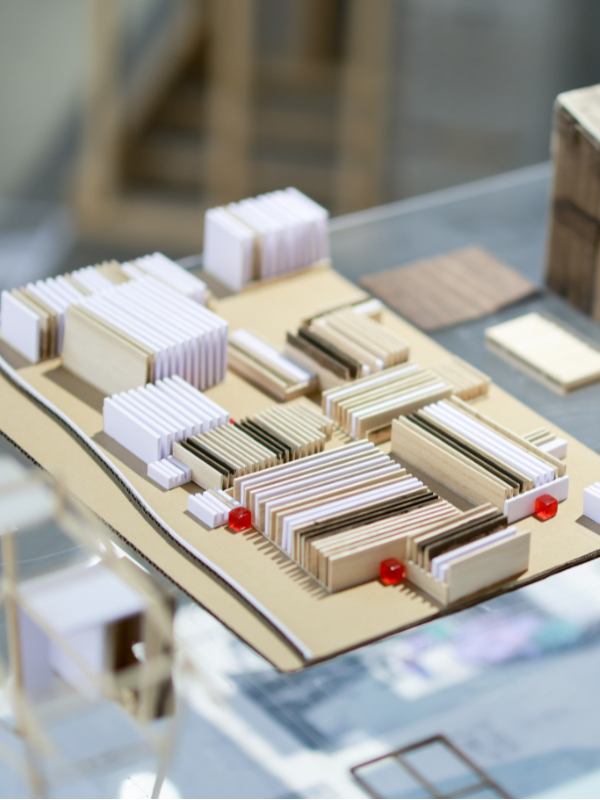
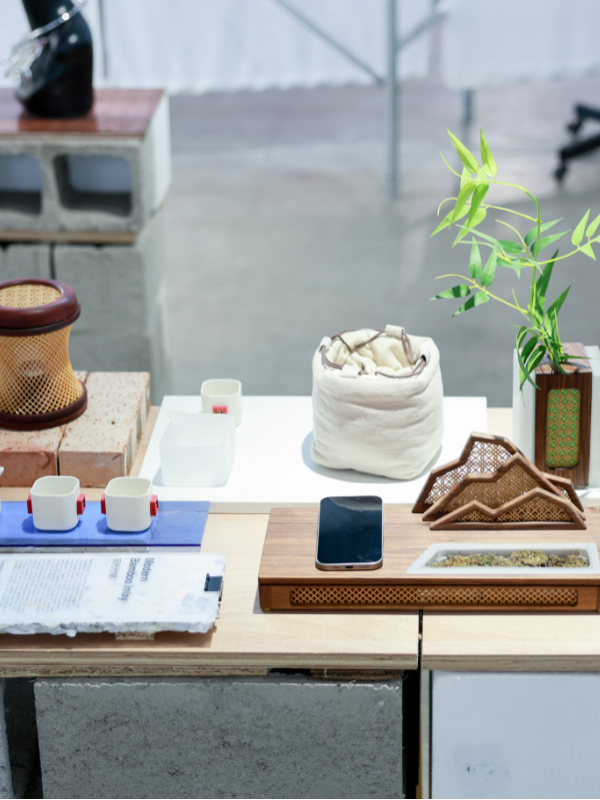
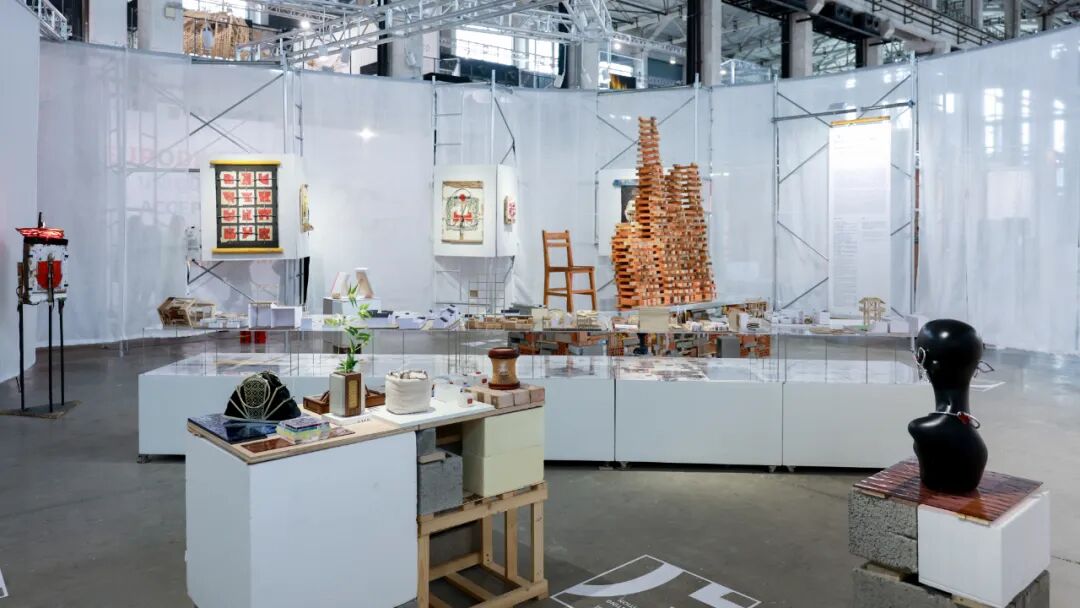
Reflecting on the exhibition’s theme, David Vardy remarked, “As two of the world’s largest producers of urban waste, China and the United States share many common views on environmental policy. This topic has given teachers and students from both countries a shared direction for exploration and highlighted the unique advantages of cross-campus collaboration.”
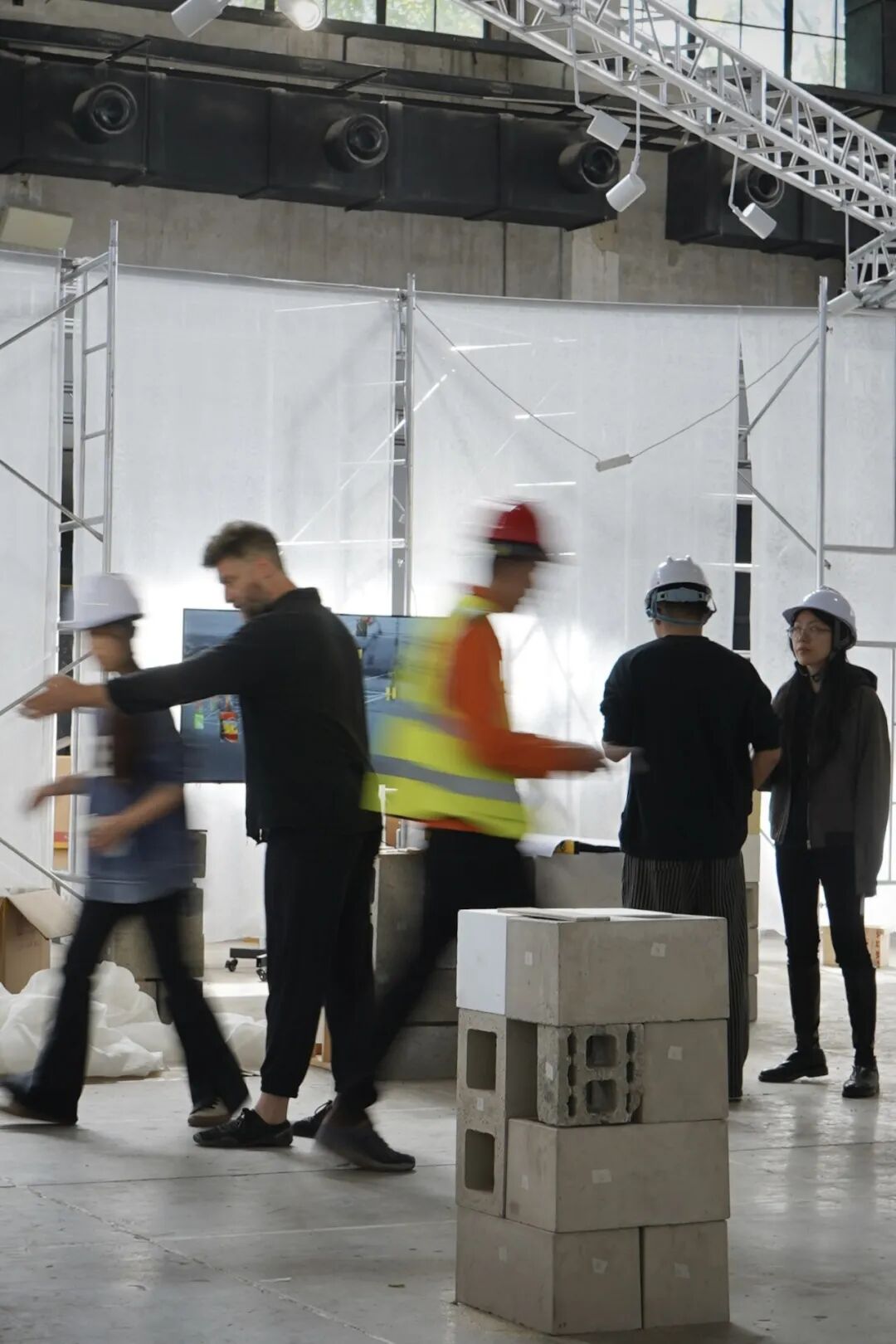
“Faculty and students from both universities have opened an exciting path for future teaching and collaboration through this joint exhibition,” added Rose Gonnella, Associate Dean of the Michael Graves College of Architecture and Design. She expressed hope that participants from WKU and KUSA will continue to use design as a bridge to address real-world challenges and explore new possibilities for a more sustainable, greener future.
Translator: Zhang Zhengnan
Proofreader: Wenwei Xiang

